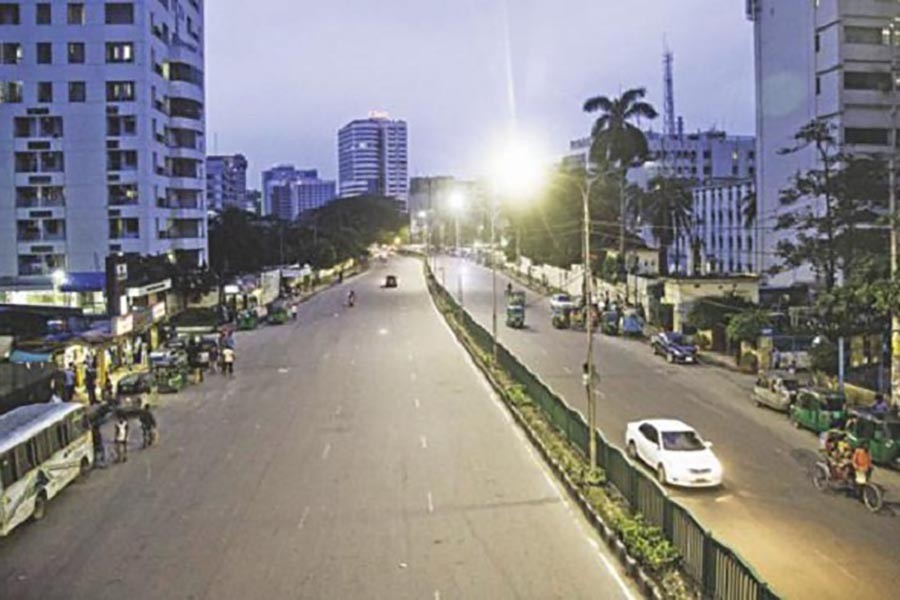The capital city now presents quite an unfamiliar look. Where maddening rush is the norm, it now gives a forlorn look as if it has been removed from the madding crowd by magic. But it is no magic and the emptiness will not last long. It is no mystery that the city wears this near desolate look twice a year on the occasion of two Eids. The thick crowd start thinning a couple of weeks before Eid-ul-Fitr and Eid-ul-Azha and by the time the festivals are celebrated, not many people stay in the capital.
Here is a clear indication that the majority of the city's inhabitants are migrants to the city with their ancestral roots all over the country, particularly in villages. Many have become permanent residents but their origin is not here. And they still connect themselves with the rural roots. Only a small number of them have dissociated themselves from the land where their forefathers had lived for generations. It is still the first generation that cannot resist the appeal of villages and they take all the trouble to go there. Perhaps the next generation with residences of their own in the city will not feel the same urgency as their father did.
Well, of course there are people who have been living in this city for generations. The irony is that such inhabitants have been sidelined in most cases. Only in rare cases, could they adapt to the transformation that the city has undergone during the past few decades. Even a few years back, earthen huts could be seen in Kafrul, Paikpara, Monipuripara, Ibrahimpur and Kazipara. Education in families living in such earthen houses was not a strong point. But these people were first to seize the opportunity of employment in the Middle-east countries. Thus most of them survived the push for lands of the new arrivals into the city somehow -albeit with a diminished status. But infiltration in their preserve could not be resisted. Usually they sold land to meet the expenses of migration of young members of their families.
This, understandably, has happened in other suburban areas of the city and now the original inhabitants are far outnumbered by settlers. The demographic pattern in Dhaka has changed in many ways. Its outward and inward migration certainly played a decisive role. People at one point came from different districts to live in what is called 'colonies' of particular districts. But this character started disappearing with the arrival of realtors on the scene. By the way where have the witty, humorous original Dhakaites, some of whom were coachmen of horse-driven carts, gone?
How this demographic mixture has taken place and influenced the stream of home-bound people during the two great festivals can be a subject of academic interest. It is a fact that Dhanmondi residential area where once the privileged segment of the city once lived virtually turned into old people's abode or in case of some houses totally empty. This is because, the educated young generation left the country for good to live in the rich countries in the West. Old parents who refused to live in those countries were the only inhabitants in a large and spacious accommodation.
So, an insight into the internal and external migration can be of help for planning with the population not only of this city but also of the entire nation. The city's burgeoning population has crossed its carrying capacity. Now the demographic movement should be in continuous focus in order to plan for its rational distribution.


